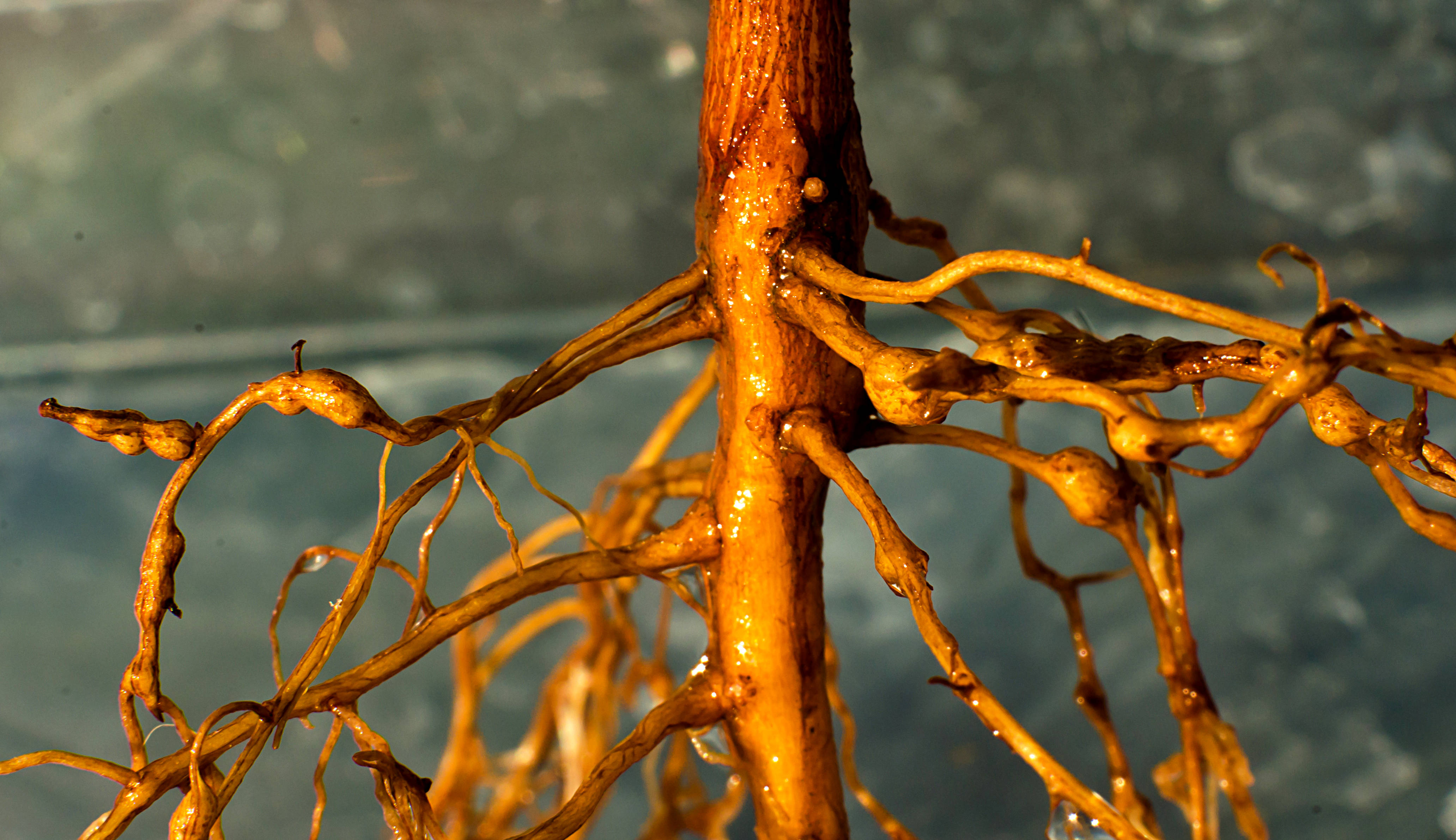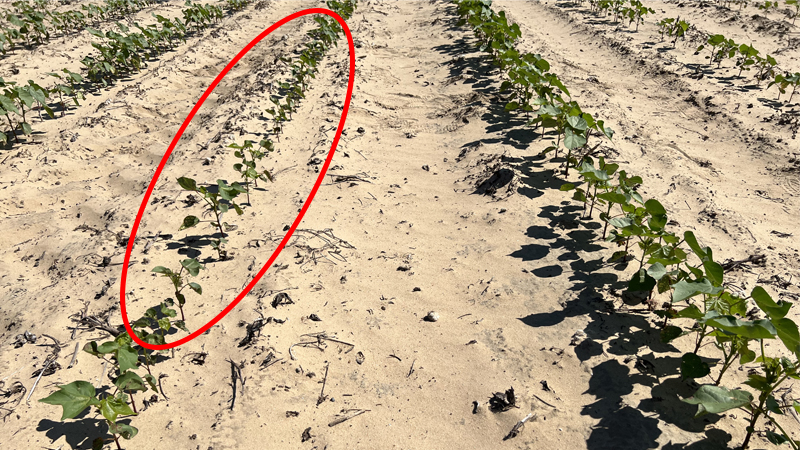March 4, 2024 - Cotton growers are used to defending their crops from yield-robbing stressors like pests, diseases, and environmental conditions. However, cotton growers are now facing an invisible adversary, microscopic worms that wreak havoc on crops… nematodes. With their increasing impact on cotton farming, understanding nematode dynamics and implementing sustainable management strategies is paramount for safeguarding cotton quality and yield across the US.
Nematodes are diverse, microscopic organisms found in the soil. While many nematodes are harmless or beneficial to soil health, certain species pose significant threats to plants, including cotton. Among these, root-knot, reniform, lance, and sting nematodes are particularly detrimental to cotton crops. These parasites invade plant roots, causing stunted growth, reduced yields, and increased susceptibility to other stress factors, ultimately leading to significant economic losses for cotton farmers.
Photo Credit: UGA Cooperative Extension
These nematodes damage cotton roots through a stylet by either stinging or feeding off them, reducing the plant’s ability to absorb water and nutrients. Infected cotton plants exhibit symptoms such as yellowing, wilting, and reduced vigor, impairing their ability to photosynthesize and absorb nutrients efficiently. Consequently, cotton yields diminish, jeopardizing a grower’s total ROI.
Several factors contribute to the increase of nematodes in cotton fields. Fluctuations in temperature and precipitation patterns create conducive environments for nematode population growth, exacerbating infestation rates. Furthermore, monoculture practices, where cotton is planted repeatedly in the same soil, increase the likeliness of nematodes.
You only have one shot to fight off nematodes and that is at planting. There are no in-season rescue treatments. Management strategies for nematode control include crop rotation, planting nematode-resistant varieties, seed treatments, and the use of chemical nematicides in-furrow. If pressure is bad enough, a grower might need to use two, three, or all four of these methods.
Many cotton growers have found using an in-furrow nematicide, like Averland® FC from Vive Crop Protection, to be the easiest, most effective, and economical solution for combating plant parasitic nematodes. In small plot research trials, Averland FC was evaluated against AgLogic 15g (Aldicarb), Velum nematicide, and untreated checks. Averland FC had comparable activity on reducing plant parasitic nematode counts as well as comparable yields. Plus, Averland FC showed a higher ROI in several of the field trials.
AgLogic (left) vs Averland FC (right). Photo Credit: Vive Crop Protection
The escalating impact of nematodes on cotton underscores the urgent need for proactive measures. Ensure your cotton crop is safe from nematodes right from the start by integrating necessary pest management strategies.
Always read and follow label directions. AVERLAND FC IS A RESTRICTED USE PESTICIDE. Velum® is a registered trademark of Bayer Group. AgLogic® is a trademark of AgLogic Chemical, LLC. Allosperse®, Averland® and Viloprid® are trademarks of Vive Crop Protection Inc.


